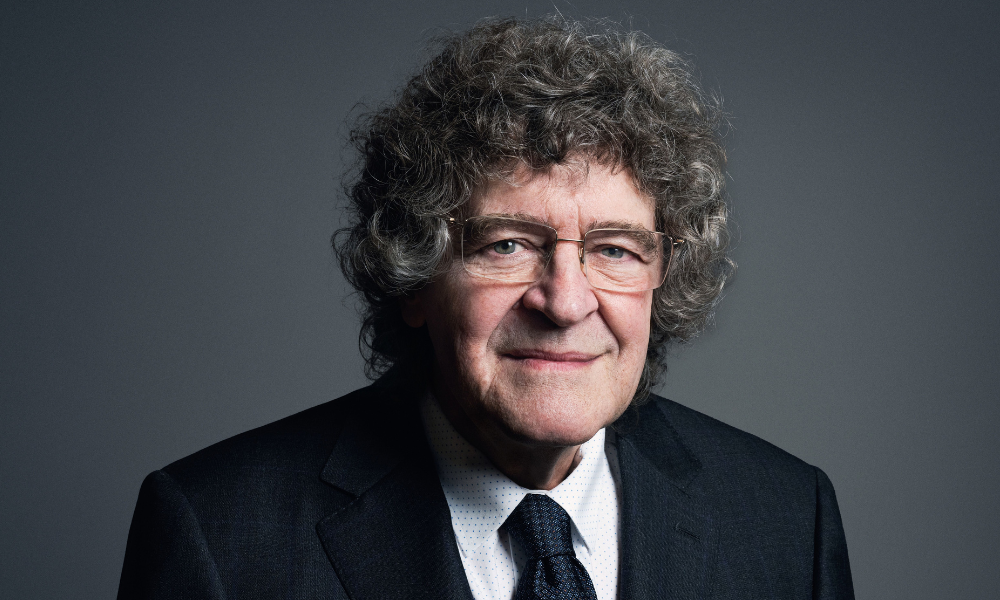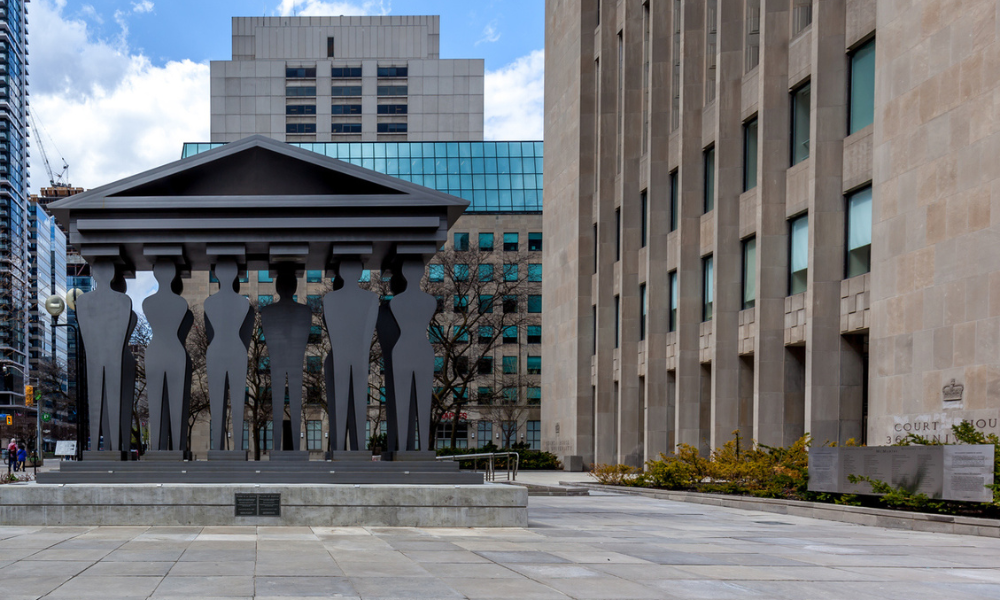Harvey Kirsh is an arbitrator and mediator, but like many of his fellow alternative dispute resolution practitioners, the idea of reversing those two words in his title makes him a little uncomfortable.
 Mediation-arbitration or med-arb, a process in which the same neutral acts as mediator, and if necessary, arbitrator, splits practitioners. Kirsh counts himself firmly among the skeptics.
Mediation-arbitration or med-arb, a process in which the same neutral acts as mediator, and if necessary, arbitrator, splits practitioners. Kirsh counts himself firmly among the skeptics.
“When I’m doing a mediation, I’m going to be meeting privately with both parties and I’m going to ask them to tell me about the nuances of their case,” he says.
“I want to know what’s important to them, where the strengths are in their case, but also what the soft parts are.
And I shouldn’t know those soft spots or vulnerabilities if I’m an arbitrator. Personally, I don’t see that it works well. And I don’t really like participating in it.”
Owen Gray, a former vice chairman at the Ontario Labour Relations Board who practises as an arbitrator and mediator, is less reticent about combining the two processes and says parties can benefit from it.
“They’ve spent quite a while teaching you what the dispute is about and they don’t have to teach another person what it’s about,” he says. “They get the advantage of your already knowing.”
Gray says an awareness of the concerns raised by Kirsh and others highlights the importance of mediator-arbitrators keeping the two functions intellectually and practically distinct.
Equally important is a requirement that the parties understand where one process ends and the other begins, he adds.
“There’s a voluntariness to [the mediation stage] and the parties have to understand that I’m not gathering evidence. I’m hearing about the case. It’s like hearing an extended opening statement.
The difficulties are going to come if the process doesn’t look like what they expected. That’s what is going to undermine it.”
Family lawyer Andrew Feldstein has been involved with med-arb both as counsel for parties and as mediator-arbitrator. He compares the role of the neutral to judges who decide the admissibility of evidence in a case they’ll also hear.
“You walk into court and somebody has provided an affidavit or evidence that you say should be excluded, and the judge may very well read the document they then decide to exclude.
How is that any different? When you focus on writing your reasons, you have to focus on what evidence you received in the arbitration stage and only that evidence.”
Feldstein says many of his clients opt for med-arb because they can’t afford a trial or arbitration. He finds tempers are less likely to fray in med-arb than with mediation alone.
“People feel more vested in listening to what the mediator says about the resolution than they do with mediation alone.
When you know the same person is the arbitrator, it creates that extra emphasis that leads to probably the overwhelming majority of cases resolving themselves in settlement. One of the other advantages is you’re picking the judge.
In family law, even where you have a unified court in your jurisdiction, you may get a Superior Court judge that day. You have no control over who the judge is. When you’re selecting the judge, you can make sure it’s someone who’s expert in family law.”
In British Columbia, Craig Neville of Watson Goepel Maledy LLP says med-arb is increasing in popularity.
He uses the technique in his role as a parenting co-ordinator in order to build consensus among parties in with-prejudice discussions before making determinations in the event of an impasse.
The provincial government’s recently tabled family law act includes both med-arb and parenting co-ordinators in its definition of family dispute resolution.
“I think there are a fair number of writers who still opine about the inconsistencies in the two approaches who might be described as purists,” says Neville.
“Balanced against that kind of concern today, given the way our system is working, is the time, energy, and cost associated with problem solving through the courts. The med-arb process I think is a response to the need for more pragmatic approaches to problem solving.”
For his part, Kirsh says he could be convinced to participate in a med-arb process if another person shared the responsibilities. “For example, you might start an arbitration and two or three days in, the parties might want to take a day off and they’ll go to mediation.
So another person steps in to conduct the mediation for that day to see if it can be settled. If it’s not settled, you can go back to the arbitration again and get it settled finally.
It just becomes difficult, in my opinion, to have both the mediation and arbitration done by the same person within the same time frame.”
 Mediation-arbitration or med-arb, a process in which the same neutral acts as mediator, and if necessary, arbitrator, splits practitioners. Kirsh counts himself firmly among the skeptics.
Mediation-arbitration or med-arb, a process in which the same neutral acts as mediator, and if necessary, arbitrator, splits practitioners. Kirsh counts himself firmly among the skeptics.“When I’m doing a mediation, I’m going to be meeting privately with both parties and I’m going to ask them to tell me about the nuances of their case,” he says.
“I want to know what’s important to them, where the strengths are in their case, but also what the soft parts are.
And I shouldn’t know those soft spots or vulnerabilities if I’m an arbitrator. Personally, I don’t see that it works well. And I don’t really like participating in it.”
Owen Gray, a former vice chairman at the Ontario Labour Relations Board who practises as an arbitrator and mediator, is less reticent about combining the two processes and says parties can benefit from it.
“They’ve spent quite a while teaching you what the dispute is about and they don’t have to teach another person what it’s about,” he says. “They get the advantage of your already knowing.”
Gray says an awareness of the concerns raised by Kirsh and others highlights the importance of mediator-arbitrators keeping the two functions intellectually and practically distinct.
Equally important is a requirement that the parties understand where one process ends and the other begins, he adds.
“There’s a voluntariness to [the mediation stage] and the parties have to understand that I’m not gathering evidence. I’m hearing about the case. It’s like hearing an extended opening statement.
The difficulties are going to come if the process doesn’t look like what they expected. That’s what is going to undermine it.”
Family lawyer Andrew Feldstein has been involved with med-arb both as counsel for parties and as mediator-arbitrator. He compares the role of the neutral to judges who decide the admissibility of evidence in a case they’ll also hear.
“You walk into court and somebody has provided an affidavit or evidence that you say should be excluded, and the judge may very well read the document they then decide to exclude.
How is that any different? When you focus on writing your reasons, you have to focus on what evidence you received in the arbitration stage and only that evidence.”
Feldstein says many of his clients opt for med-arb because they can’t afford a trial or arbitration. He finds tempers are less likely to fray in med-arb than with mediation alone.
“People feel more vested in listening to what the mediator says about the resolution than they do with mediation alone.
When you know the same person is the arbitrator, it creates that extra emphasis that leads to probably the overwhelming majority of cases resolving themselves in settlement. One of the other advantages is you’re picking the judge.
In family law, even where you have a unified court in your jurisdiction, you may get a Superior Court judge that day. You have no control over who the judge is. When you’re selecting the judge, you can make sure it’s someone who’s expert in family law.”
In British Columbia, Craig Neville of Watson Goepel Maledy LLP says med-arb is increasing in popularity.
He uses the technique in his role as a parenting co-ordinator in order to build consensus among parties in with-prejudice discussions before making determinations in the event of an impasse.
The provincial government’s recently tabled family law act includes both med-arb and parenting co-ordinators in its definition of family dispute resolution.
“I think there are a fair number of writers who still opine about the inconsistencies in the two approaches who might be described as purists,” says Neville.
“Balanced against that kind of concern today, given the way our system is working, is the time, energy, and cost associated with problem solving through the courts. The med-arb process I think is a response to the need for more pragmatic approaches to problem solving.”
For his part, Kirsh says he could be convinced to participate in a med-arb process if another person shared the responsibilities. “For example, you might start an arbitration and two or three days in, the parties might want to take a day off and they’ll go to mediation.
So another person steps in to conduct the mediation for that day to see if it can be settled. If it’s not settled, you can go back to the arbitration again and get it settled finally.
It just becomes difficult, in my opinion, to have both the mediation and arbitration done by the same person within the same time frame.”







